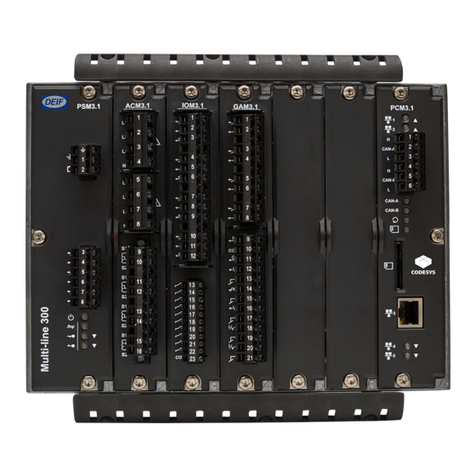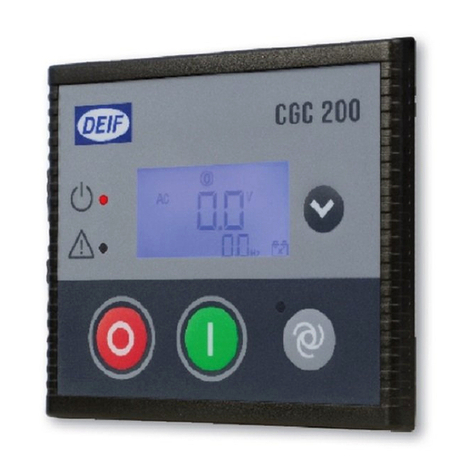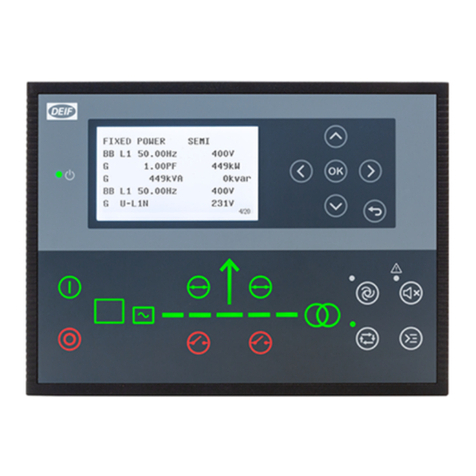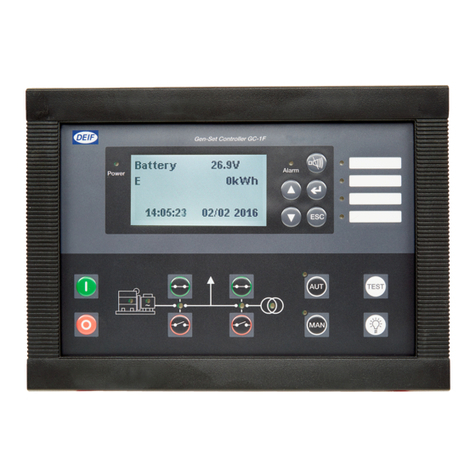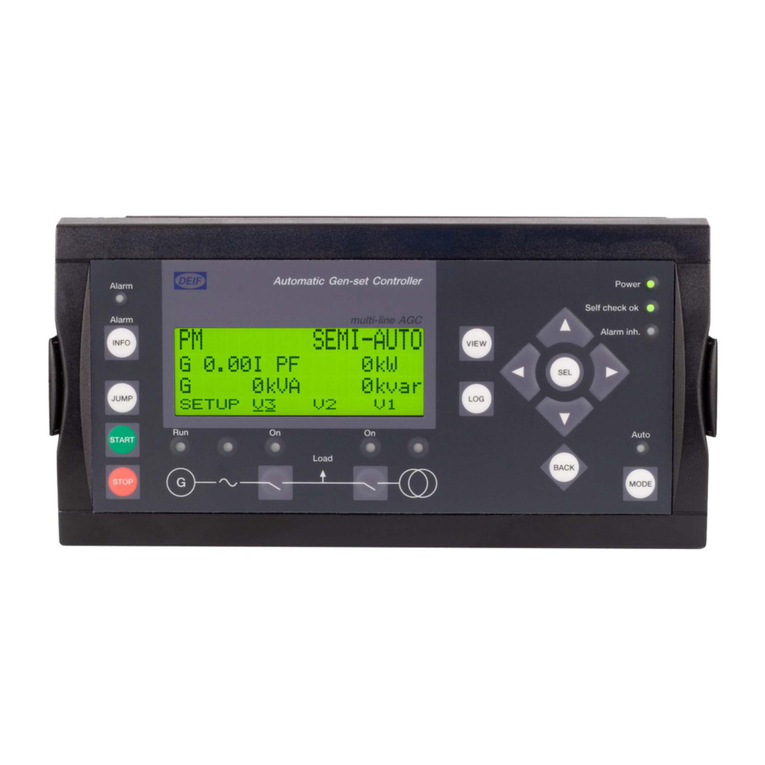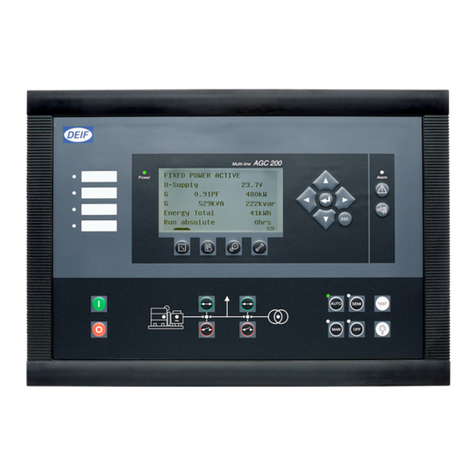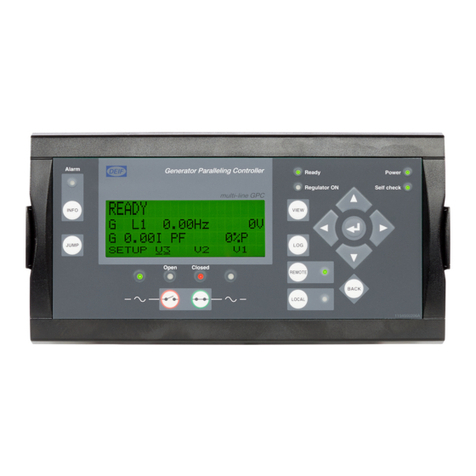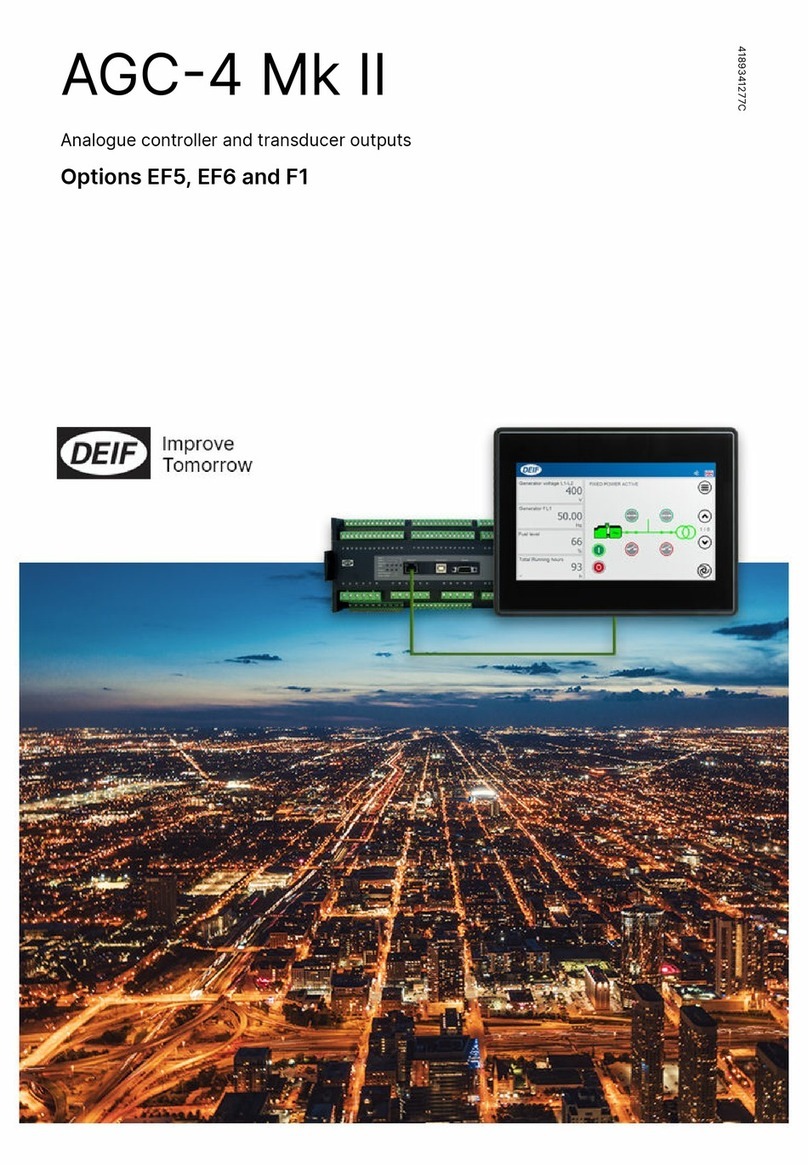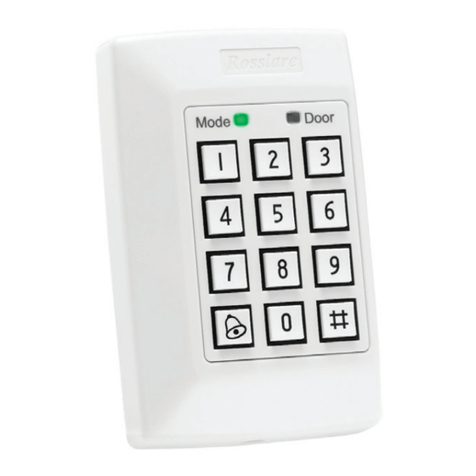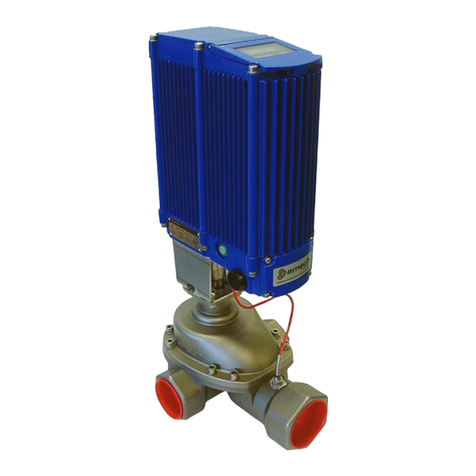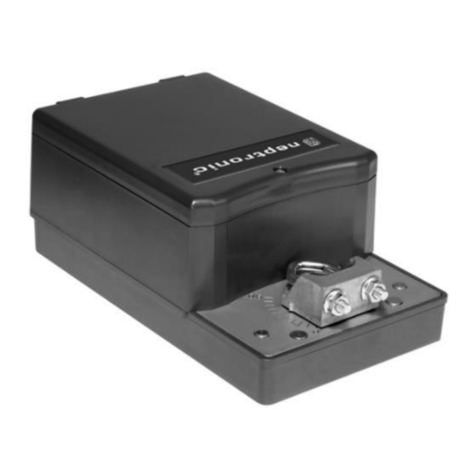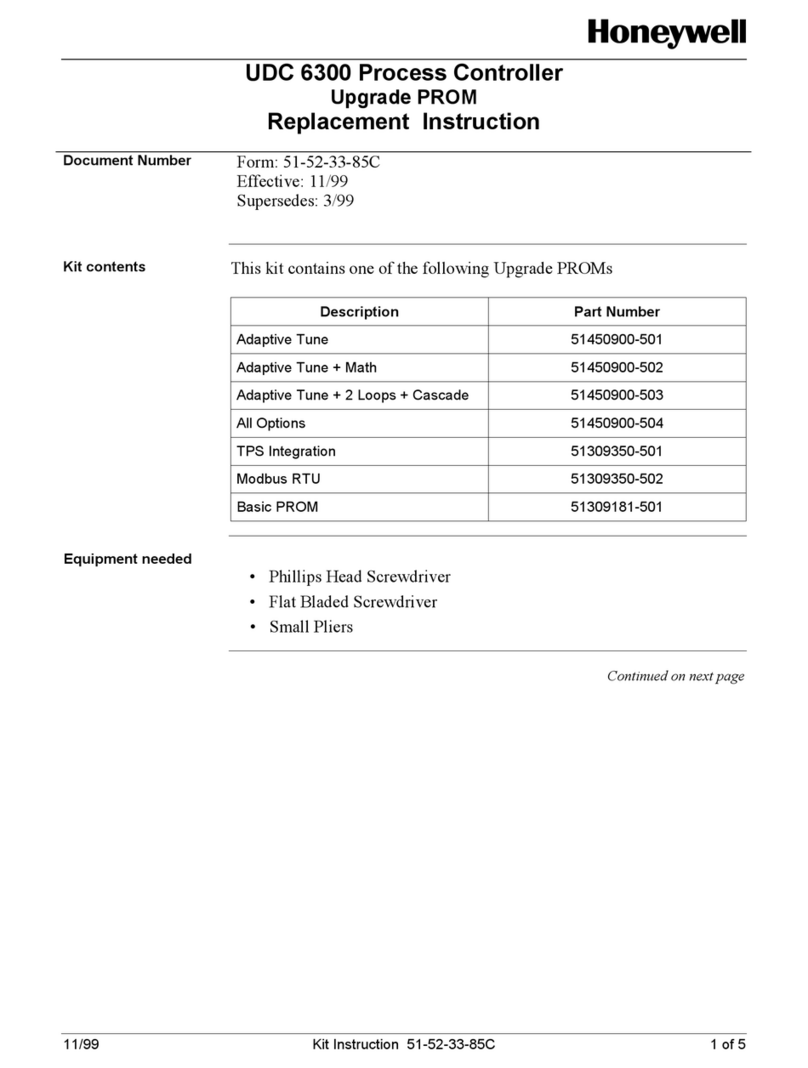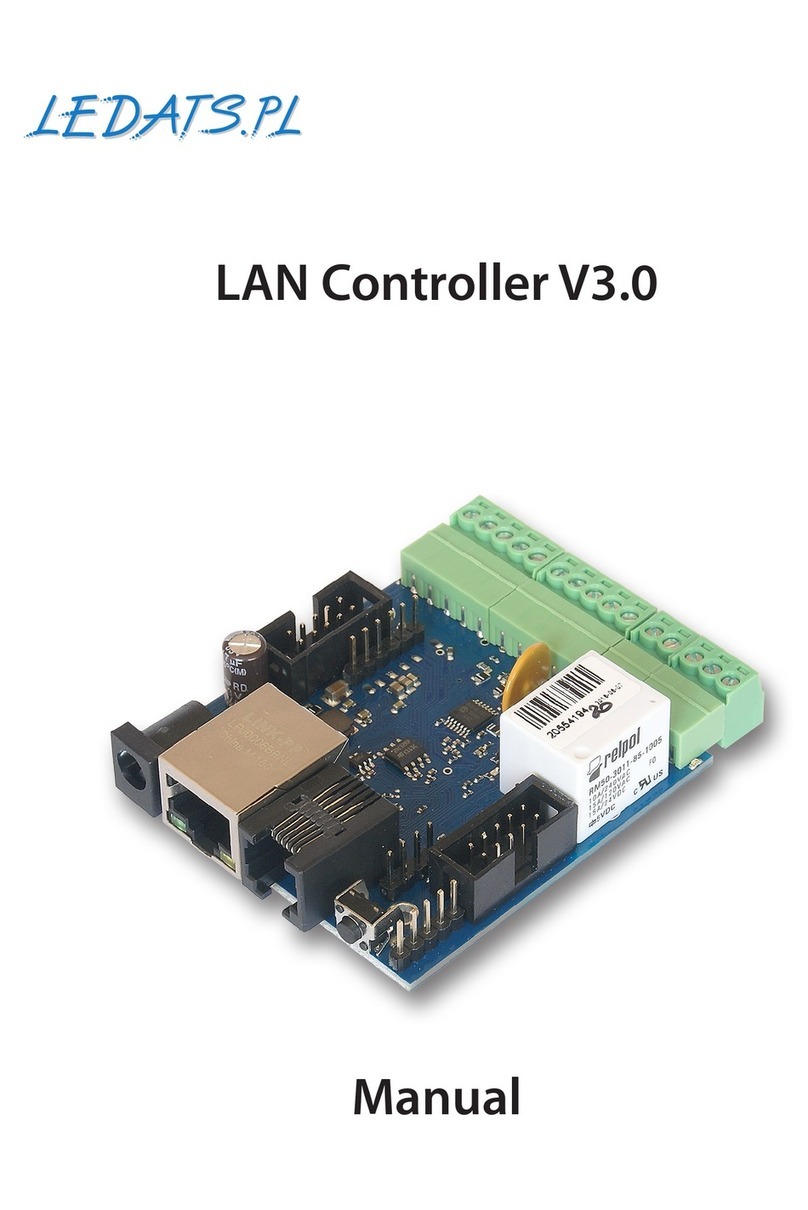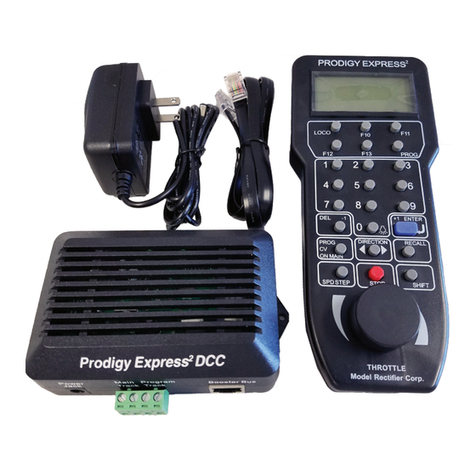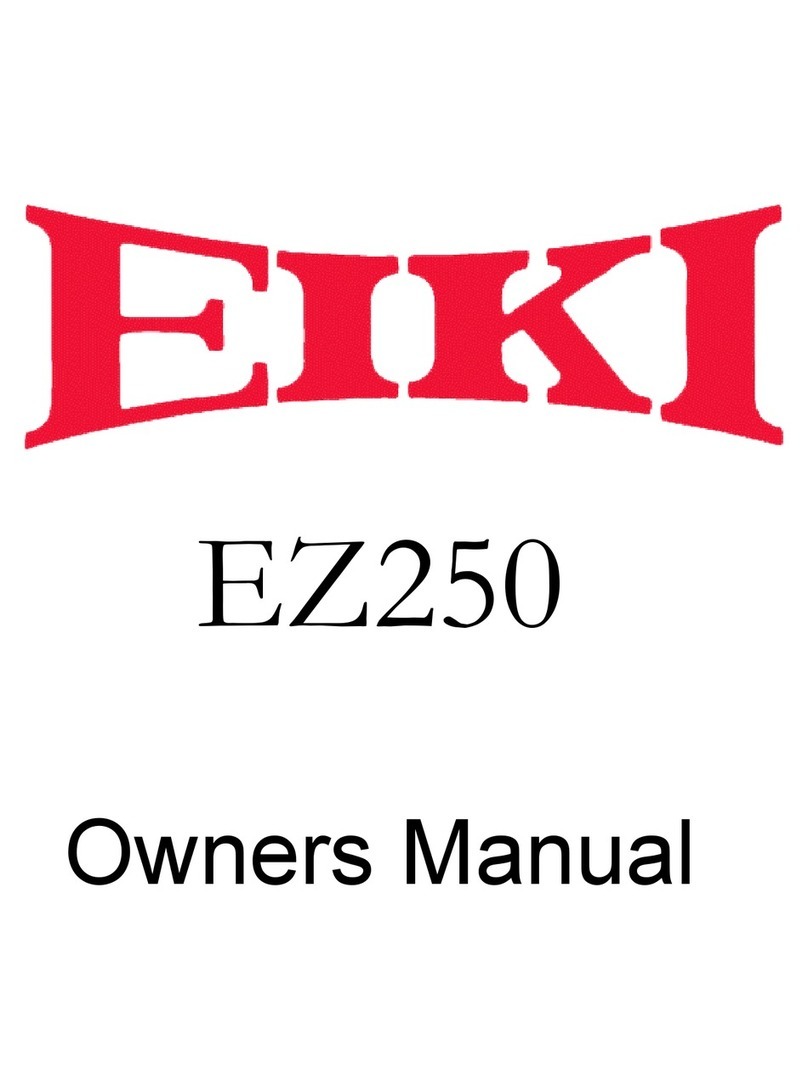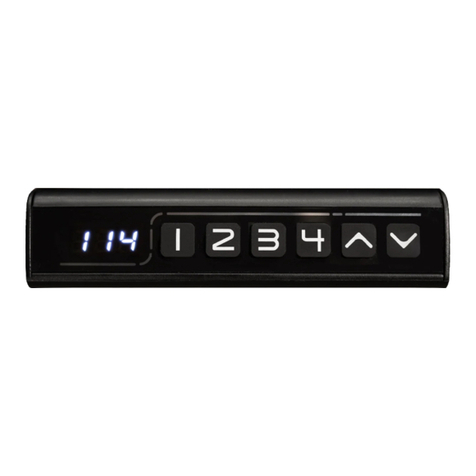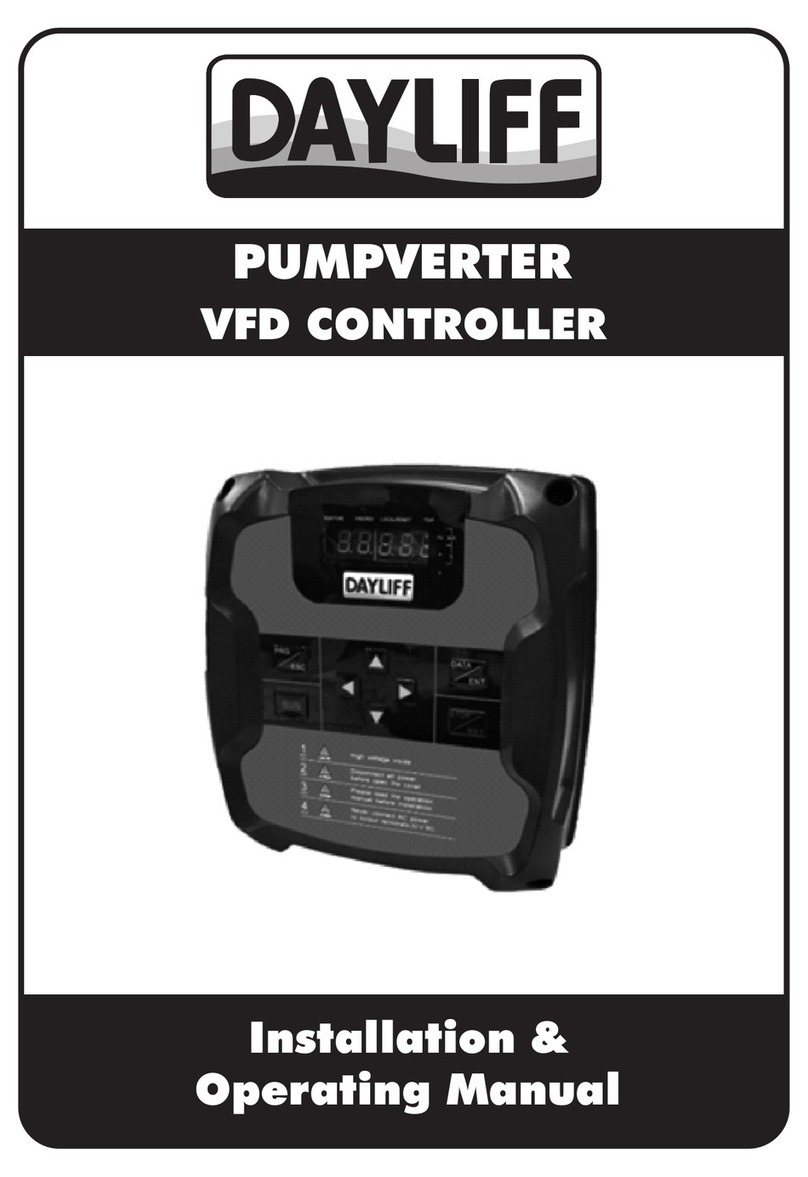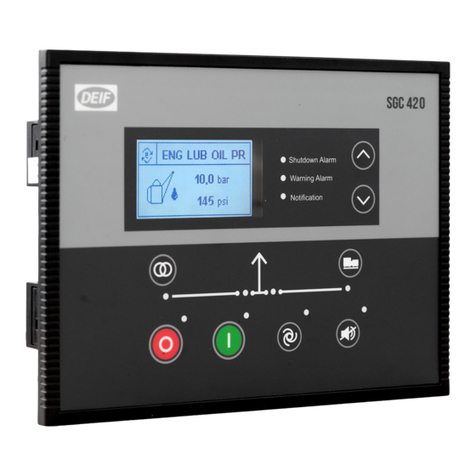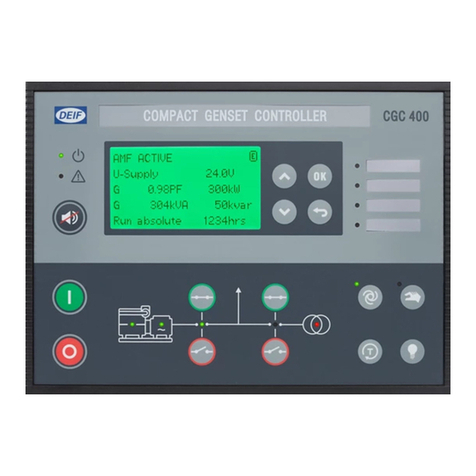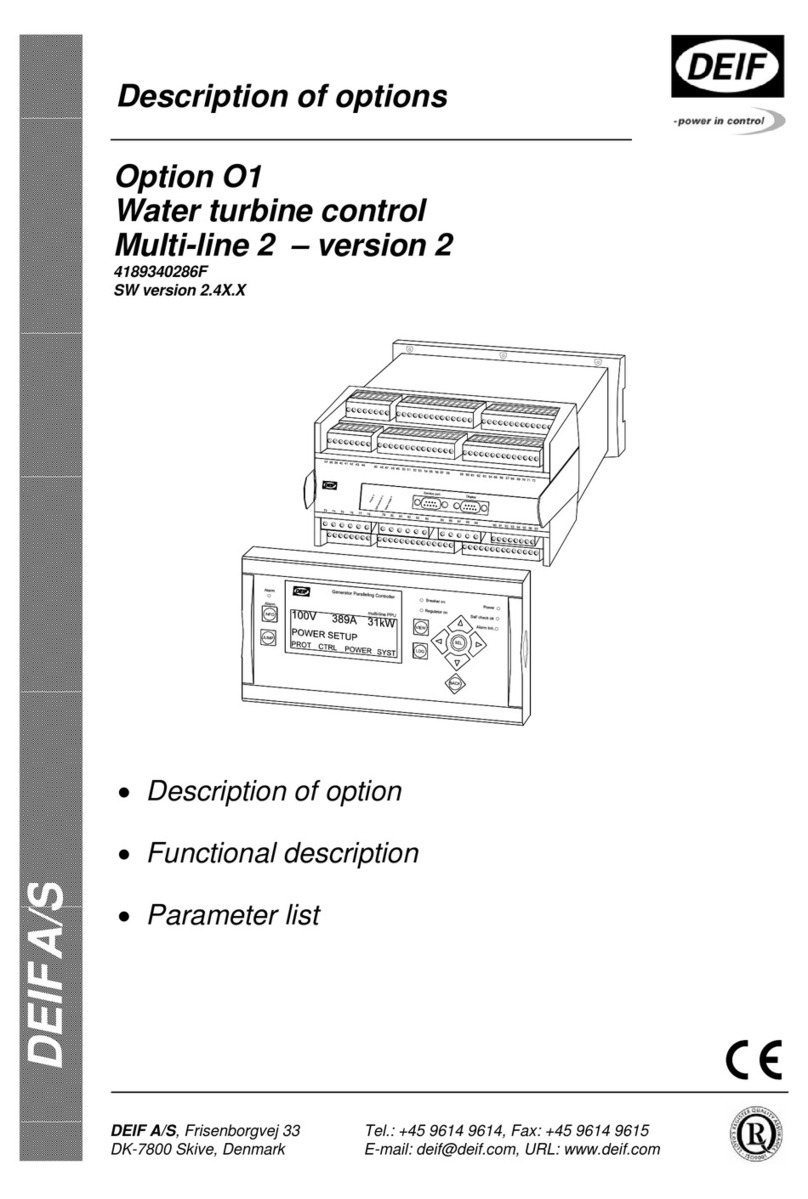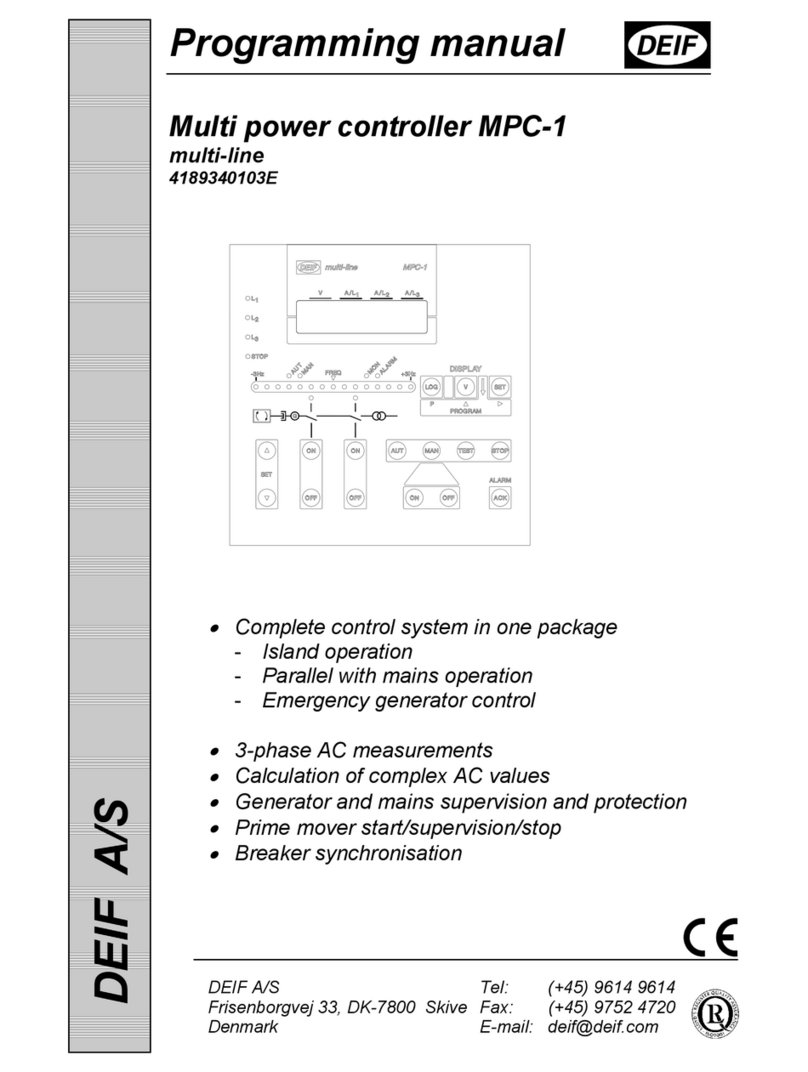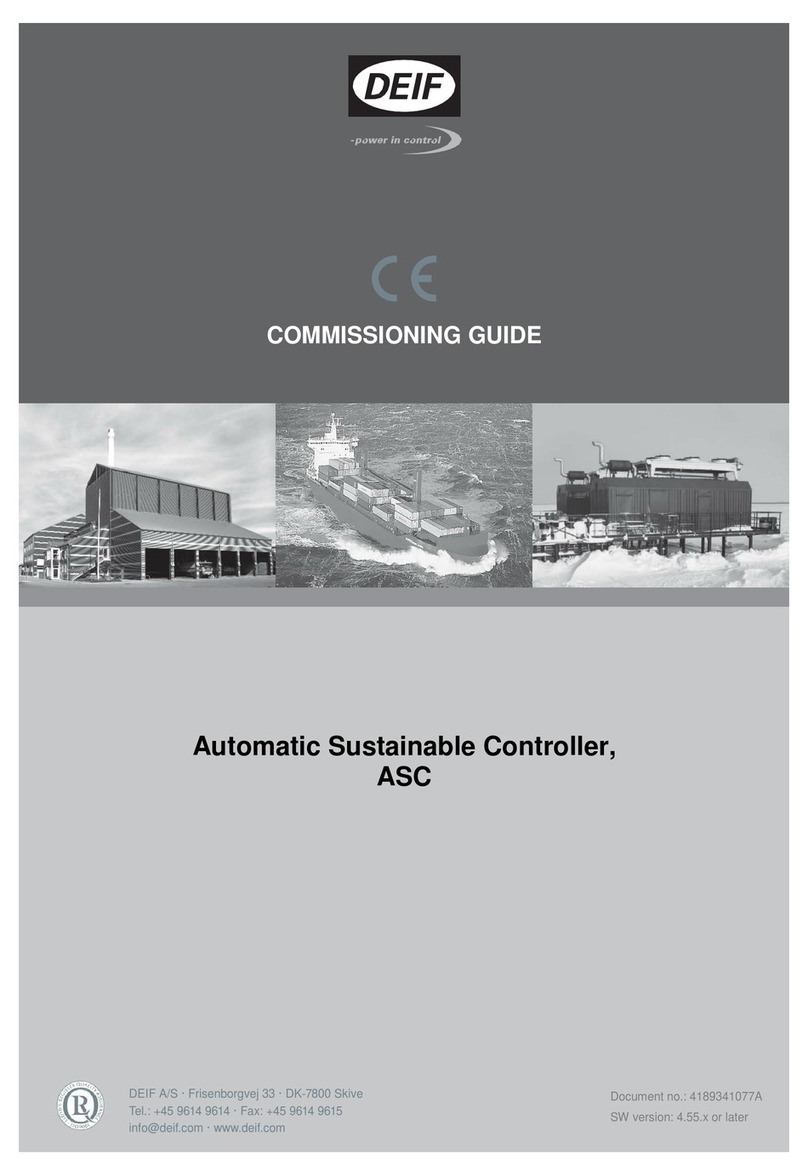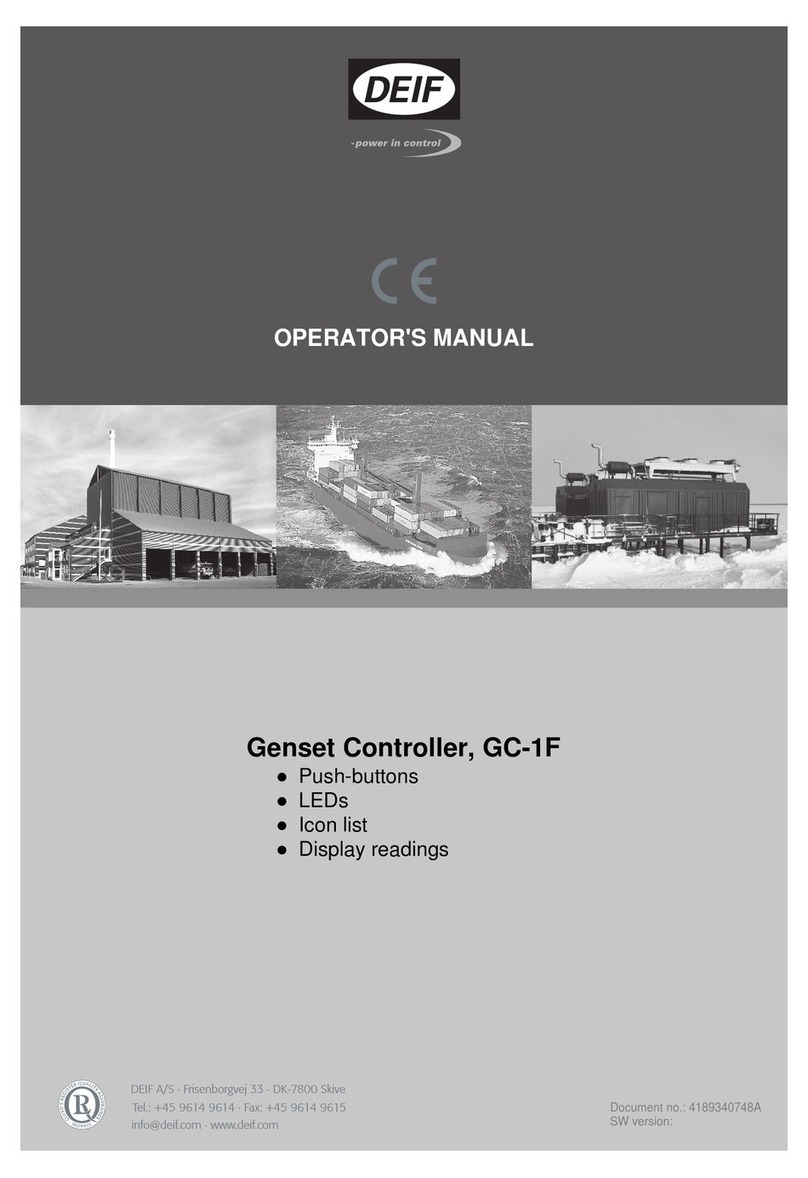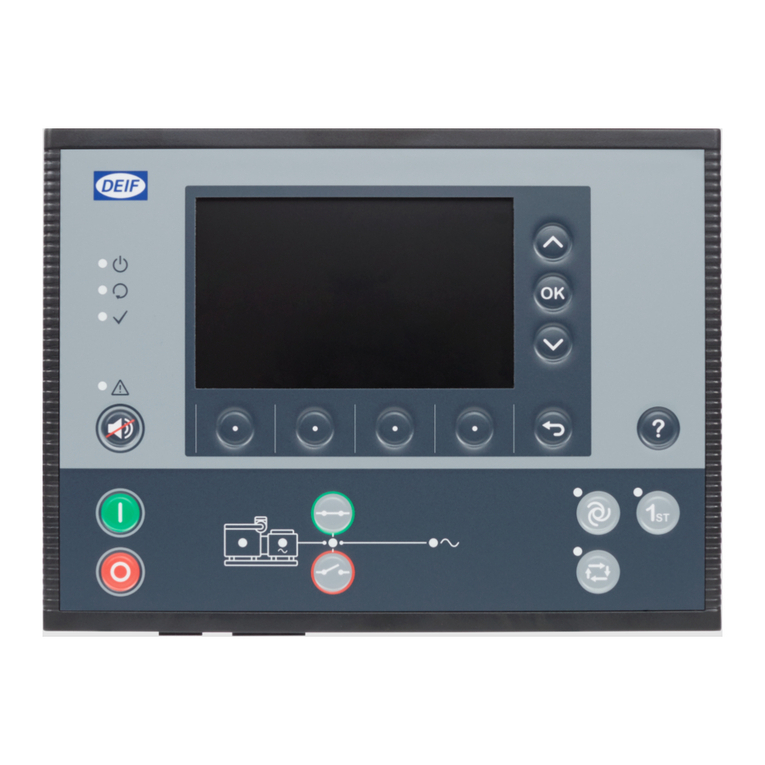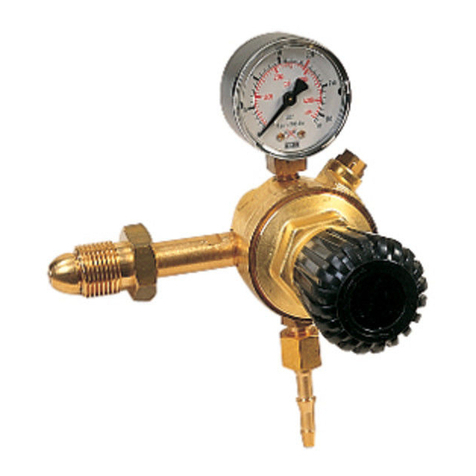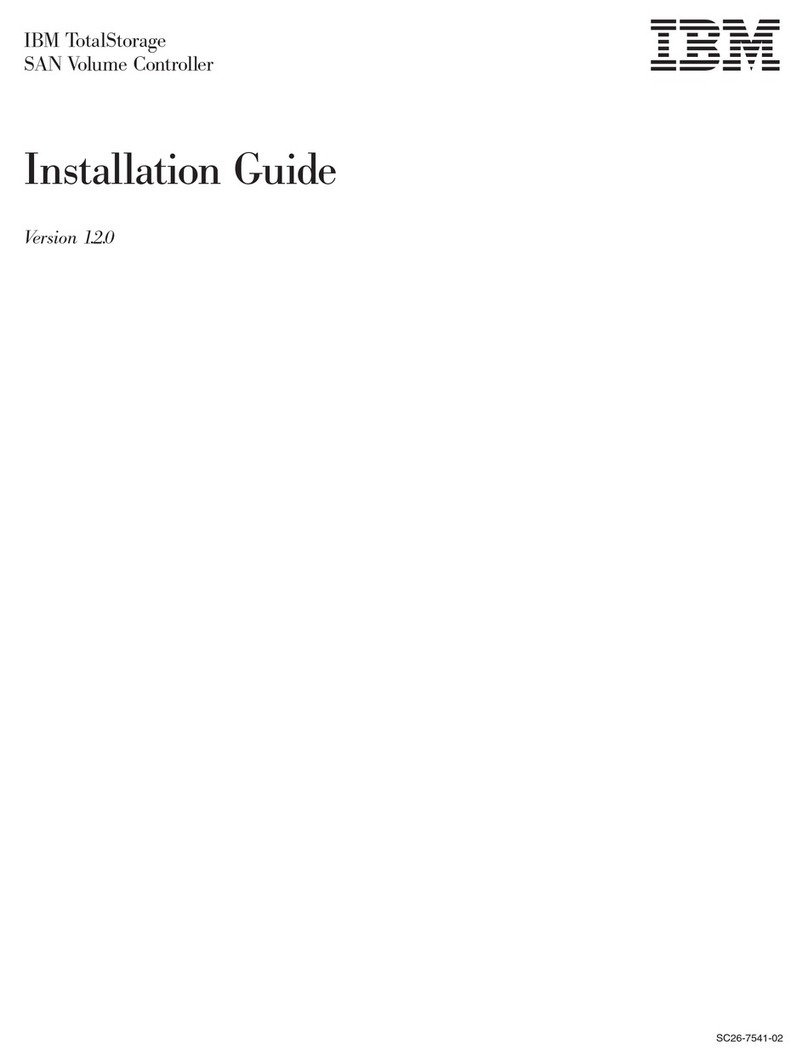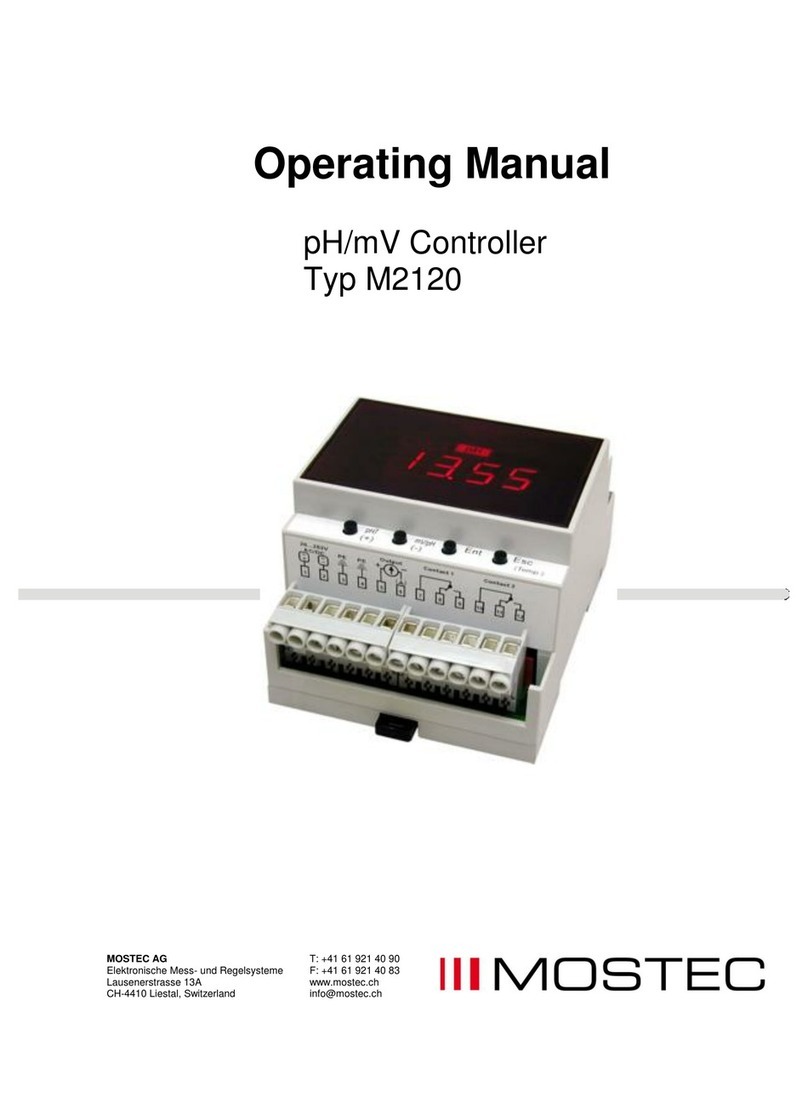
1. Introduction
1.1 About SGC 110............................................................................................................................................................................................................................ 4
1.2 Key functions............................................................................................................................................................................................................................... 4
1.3 Product overview....................................................................................................................................................................................................................... 4
1.4 Passwords..................................................................................................................................................................................................................................... 5
1.5 Overview of controller buttons...........................................................................................................................................................................................5
1.6 Legal information.......................................................................................................................................................................................................................6
2. Safety instructions
2.1 General safety instructions.................................................................................................................................................................................................. 7
2.2 Electrical safety...........................................................................................................................................................................................................................7
2.3 In operation safety.....................................................................................................................................................................................................................7
3. Technical_specifications
3.1 Terminals........................................................................................................................................................................................................................................ 8
3.2 Power supply................................................................................................................................................................................................................................8
3.3 Genset voltage and frequency measurements..........................................................................................................................................................9
3.4 Digital inputs................................................................................................................................................................................................................................ 9
3.5 Analogue resistive sensor inputs.....................................................................................................................................................................................9
3.6 Analogue inputs used as digital inputs...................................................................................................................................................................... 10
3.7 D+ Charger alternator........................................................................................................................................................................................................... 10
3.8 Sensor common point...........................................................................................................................................................................................................11
3.9 Digital outputs...........................................................................................................................................................................................................................11
3.10 Communication ports.........................................................................................................................................................................................................11
4. Installation
4.1 Dimensions.................................................................................................................................................................................................................................12
4.2 Mounting in panel....................................................................................................................................................................................................................12
4.3 Terminal details........................................................................................................................................................................................................................ 13
4.4 Typical wiring diagram......................................................................................................................................................................................................... 15
5. Monitoring mode
5.1 Monitoring mode......................................................................................................................................................................................................................16
6. Configuration mode
6.1 Configuration mode............................................................................................................................................................................................................... 17
6.2 Configurable parameters.................................................................................................................................................................................................... 17
6.2.1 Configurable parameters..............................................................................................................................................................................................17
6.2.2 Module..................................................................................................................................................................................................................................18
6.2.3 Digital inputs...................................................................................................................................................................................................................... 18
6.2.4 Analogue inputs................................................................................................................................................................................................................19
6.2.5 Outputs.................................................................................................................................................................................................................................21
6.2.6 Timers...................................................................................................................................................................................................................................21
6.2.7 Generator............................................................................................................................................................................................................................22
6.2.8 Engine.................................................................................................................................................................................................................................. 23
6.2.9 Maintenance...................................................................................................................................................................................................................... 25
6.2.10 Password ID....................................................................................................................................................................................................................25
6.3 Digital input source selection...........................................................................................................................................................................................26
6.4 Digital output source selection........................................................................................................................................................................................26
7. Running modes
7.1 Remote start/stop mode...................................................................................................................................................................................................... 28
USER MANUAL 4189341228A UK Page 2 of 34




















